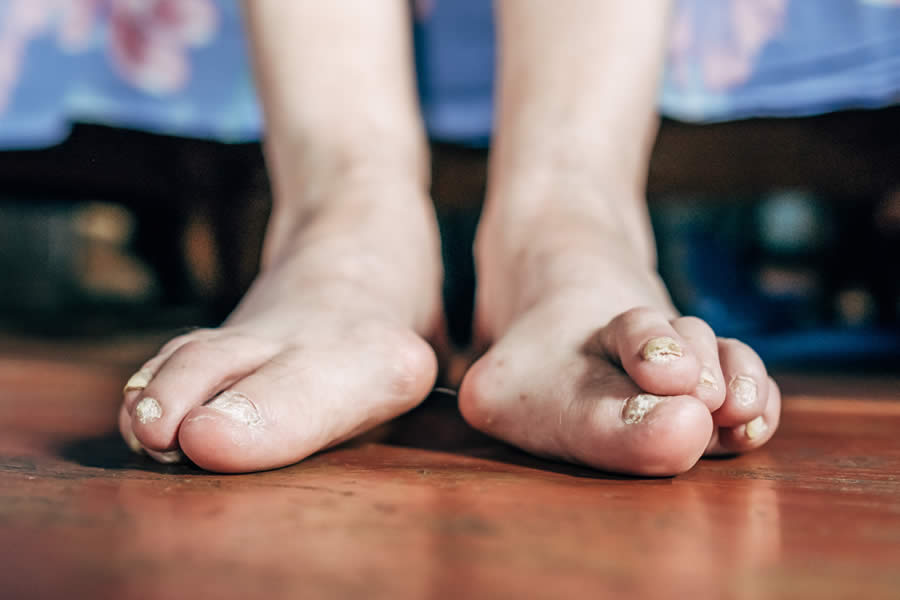Menu

A bunion, a protruding bony bump at the base of the big toe, can be more than just a cosmetic concern. It occurs when the bones in the front part of the foot shift out of place, causing the big toe to veer towards the smaller toes and the joint at its base to protrude. While bunions often start as a minor discomfort, they can progress and become increasingly painful. Thankfully, there are preventive measures and treatment options available. In this brief article brought to you by Mid Penn Foot & Ankle Specialists, we explore this common foot issue.

Before diving into surgical considerations, it's essential to understand the nature of bunions. Genetics, foot structure, and wearing ill-fitting shoes are common contributing factors for developing bunions. As the big toe shifts, the metatarsal bone begins to protrude and form a distinctive bump. Early intervention is crucial as bunions tend to worsen over time and can lead to significant discomfort and limitations in mobility.
Non-surgical interventions like wearing wider shoes, using orthotic devices, and applying ice packs can alleviate bunion-related discomfort to some extent. However, if these measures provide only temporary relief or fail to halt the progression of the bunion, then bunion surgery may be a viable option.
Persistent and increasing pain around the bunion, despite conservative measures such as wearing roomy shoes and using orthopedic inserts, may signal the need for surgical intervention. If the bunion interferes with daily activities or significantly impacts your quality of life, it's time to consult with a licensed podiatrist or foot doctor.
Impaired mobility and visual signs of deformity, such as a noticeable bump, and persistent swelling around the bunion area may suggest that the condition has advanced beyond what conservative treatments can address effectively. In such cases, surgery may be necessary to realign the affected joint and alleviate symptoms.
There are three primary approaches to bunion surgery. A bunionectomy involves removing the bony protrusion and realigning the toe joint. The specific technique used may vary based on the severity and nature of the bunion.
An osteotomy is another option. This procedure involves cutting and repositioning the affected bones to correct the alignment of the big toe. It may also involve securing the bones with screws or plates.
Finally, in cases of severe bunions or when other procedures are ineffective, arthrodesis may be recommended. This involves fusing the joint to provide stability and relieve pain.
We are committed to providing personalized, compassionate care for everyone who walks through our doors. If you’re ready to schedule an appointment with one of our doctors, give us a call or visit one of our locations today.
BOOK AN APPOINTMENTRecovery from bunion surgery varies depending on the procedure performed. Following post-operative instructions, including elevation, rest, and physical therapy, is crucial for a successful outcome.
While surgery can effectively correct the bunion, preventive measures such as wearing appropriate footwear and maintaining foot health should be incorporated into daily routines to minimize the risk of recurrence.
Deciding whether surgery is necessary for bunions is a nuanced process that requires professional expertise. A local podiatrist or orthopedic surgeon specializing in foot conditions can conduct a thorough examination, including imaging studies, to assess the severity of the bunion and its impact on your overall foot health. Call Mid Penn Foot & Ankle Specialists to schedule an appointment with a licensed podiatrist, or foot doctor. Our team is on standby to take your call and arrange a consultation as soon as possible.
From the moment we step out of bed in the morning to the last stroll around the house…
Read MorePregnancy is an incredible journey, but let’s be real: it’s also tough on your body. From morning sickness…
Read MoreOur bodies are an intricate network of bones, muscles, tendons, and ligaments working together…
Read More